If you are interested in cooperation, please contact us immediately, we will give you feedback as soon as possible!
| Item | Details |
|---|---|
| Model Number | 304, 321, 316, 410, 409, 904L, 2205 |
| Type | Stainless Steel Channel Steel, Equal Angle Steel / Unequal Angle Steel |
| Standard | National Standard (GB), American Society for Testing and Materials Standard (ASTM), Japanese Industrial Standard (JIS), American Iron and Steel Institute Standard (AISI), German Industrial Standard (DIN), British Standard (BS), American Society for Testing and Materials Standard (ASTM), American Iron and Steel Institute Standard (AISI), National Standard (GB), Japanese Industrial Standard (JIS), German Industrial Standard (DIN), European Standard (En) |
| Shape | U-shaped Channel Steel |
| Perforation Status | Not Perforated |
| Length | 5 – 19 meters |
| Certification | International Organization for Standardization (ISO) Certification, Restriction of Hazardous Substances (RoHS) Certification, International Bureau of Shipping (Ibr) Certification, American Iron and Steel Institute (AISI) Certification, American Society for Testing and Materials (ASTM) Certification, National Standard (GB) Certification, European Standard (En) Certification, German Industrial Standard (DIN) Certification, Japanese Industrial Standard (JIS) Certification |
| Process | Hot Rolling |
| Surface Treatment | Pickling |
| Grade | 201, 304, 304L, 309S, 310S, 321, 316L, 2205, 904L, etc. |
| Sample | Available |
| Material | Stainless Steel, Carbon Steel |
| Transport Packaging | Packaging Suitable for Sea Freight |
| Specification | 250x250x35 |
| Place of Origin | China |
| Production Capacity | 50,000 pieces per year |
| Product Description | Welded Stainless Steel H-beam for structures, complying with ASTM and EN standards. Materials include 201, 304, 316L, 2205, 2507 |
| Product Name | Grade |
| Stainless Steel Round Bar | 302, 303, 304/304L, 304H, 309S, 310S, 316L, 317L, 321/321H, 330, 347H |
| Stainless Steel Flat Bar | 303, 304/304L, 316/316L, 416, 17-4PH |
| Stainless Steel Square Bar | 303, 304/304L, 316/316L, 410, 416 |
| Stainless Steel Hexagonal Bar | 303, 304/304L, 316/316L, 416 |
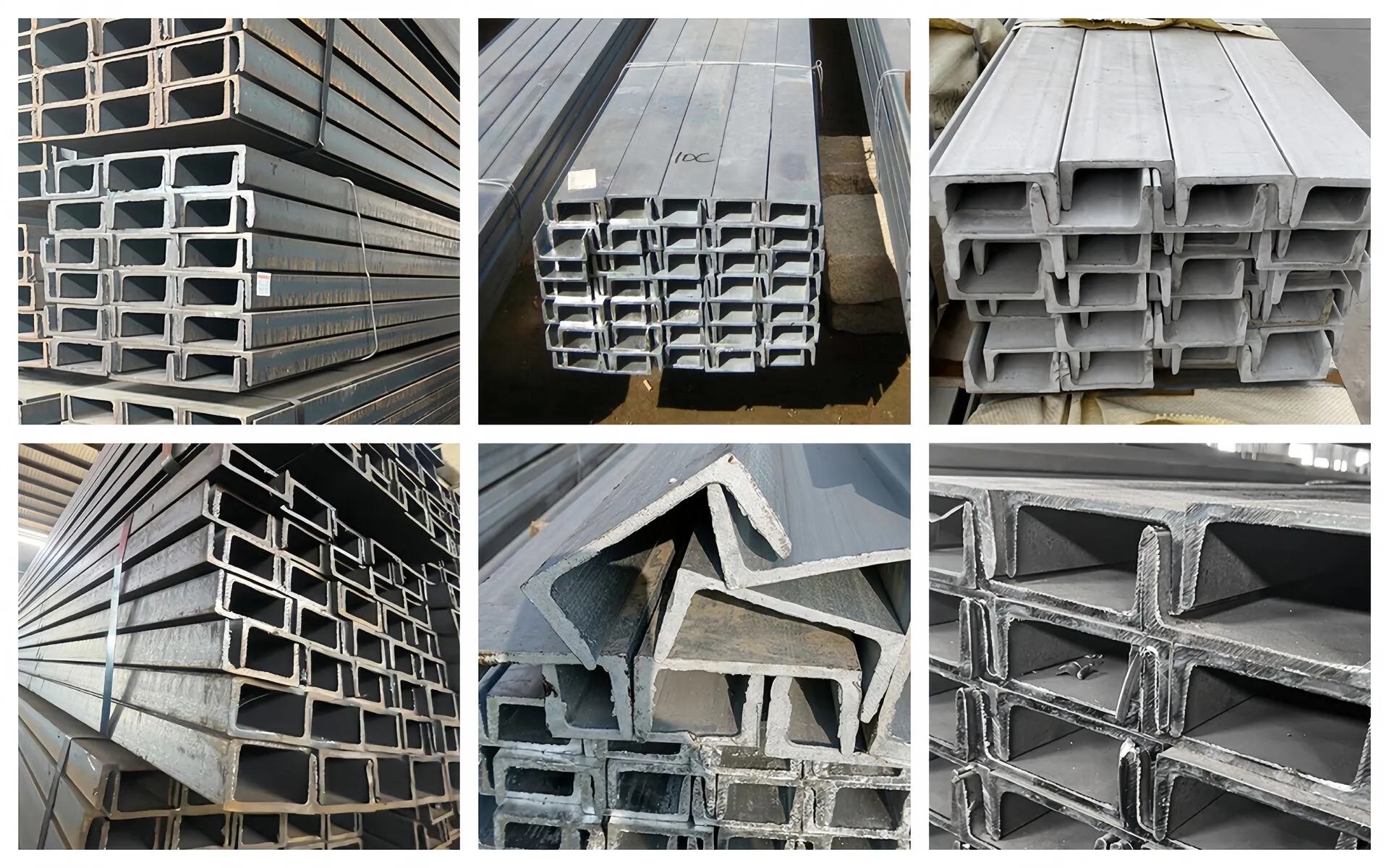
It usually presents a silvery white metallic color, with a smooth surface and high gloss. Different surface effects can be obtained through different surface treatment processes, such as mirror polishing, brushing, etc. Stainless steel channel bars are often used in structural applications where their aesthetic appeal and corrosion resistance are highly valued.
The density is generally between 7.93-8.00g/cm³. For example, the density of the commonly used 304 stainless steel channel bar is about 7.93g/cm³, and the density of the 316 stainless steel channel bar is about 7.98g/cm³, which is slightly higher than ordinary carbon steel.
The melting point is relatively high, generally around 1398-1454℃. For example, the melting point of 304 stainless steel is about 1400-1450℃, which makes it have good stability in high temperature environments.
The coefficient of thermal expansion is relatively small. In the range of room temperature to 100℃, the coefficient of thermal expansion of 304 stainless steel is about 17.2×10⁻⁶/℃. This feature enables stainless steel channel bars to maintain good dimensional stability in an environment with large temperature changes.
The thermal conductivity is poor, and its thermal conductivity coefficient is about 16 – 27W/(m・K), which is much lower than that of copper, aluminum, and other metals, so it has certain thermal insulation performance.
It has certain electrical conductivity, but the conductivity is relatively low. The conductivity of 304 stainless steel is about 1.4×10⁶ S/m, which is only about 4% of the conductivity of copper.
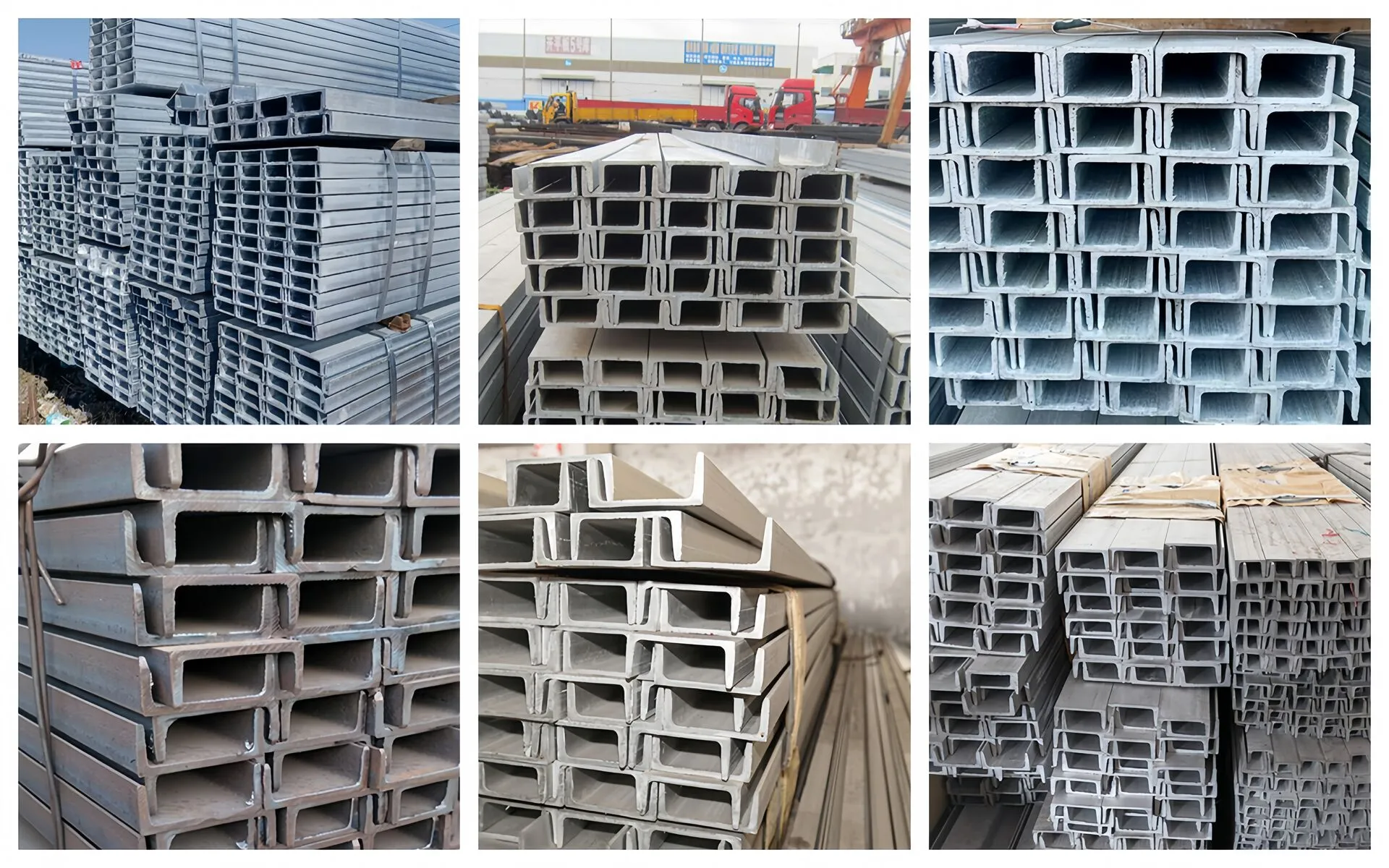
This is one of the most important chemical properties of stainless steel channel bars. Because a dense passivation film can be formed on its surface, this passivation film can prevent oxygen, water, etc., from contacting the metal matrix, thereby effectively preventing corrosion. For example, 304 stainless steel has good corrosion resistance in environments such as atmosphere, water, and weak acids and alkalis; 316 stainless steel contains molybdenum, which is more resistant to chloride ion corrosion and is often used in marine environments or chemical environments that are exposed to chloride ions.
Stainless steel channel bars have good oxidation resistance at both room temperature and higher temperatures. For example, 310S stainless steel channel bars can withstand high temperatures in high-temperature environments without being easily oxidized and can be used in high-temperature furnace structures and other occasions.
In general chemical media, stainless steel channel bars have high chemical stability and are not easy to react chemically with common chemicals. However, in some specific strong corrosive media, such as concentrated nitric acid, hydrofluoric acid, etc., the corrosion resistance of stainless steel channel bars may be affected.
After the stainless steel channel bar is in the air or after passivation treatment, a passivation film will form on the surface. This passivation film can improve the corrosion resistance and oxidation resistance of stainless steel. Passivation treatment usually involves immersing the stainless steel channel bar in a solution containing an oxidant, such as nitric acid, potassium dichromate, etc., to promote the formation and repair of the passivation film.
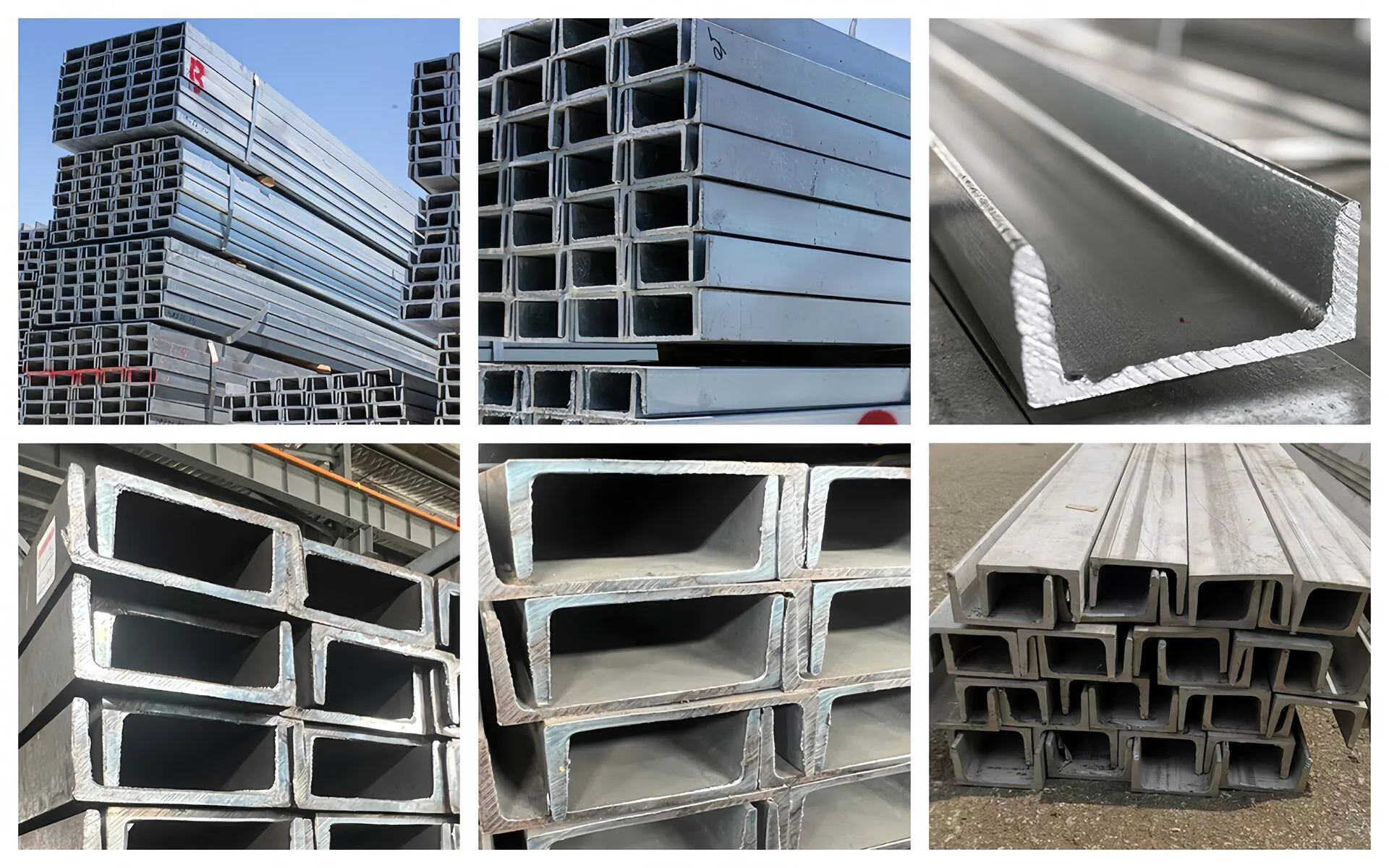
Stainless steel channel bars are widely used in many fields due to their excellent corrosion resistance, high strength, and good processing performance. In the field of construction, they are used to manufacture structural supports, frames, and reinforcements, ensuring durability and aesthetic appeal. In building decoration, they are often used for window frames, door frames, handrails, and artistic sculptures, combining beauty with long service life. In mechanical manufacturing, they can be used as structural components in equipment frames, machine bases, and support systems to ensure stable operation of machinery. In the food processing industry, stainless steel channel bars are used to construct equipment frames, conveyor systems, and storage racks, meeting strict hygiene standards. In addition, in the fields of chemical equipment, electronic appliances, etc., stainless steel channel bars are also indispensable. They are used to manufacture structural supports for reactors, frames for valves, and housings for electronic equipment, adapting well to complex working environments.
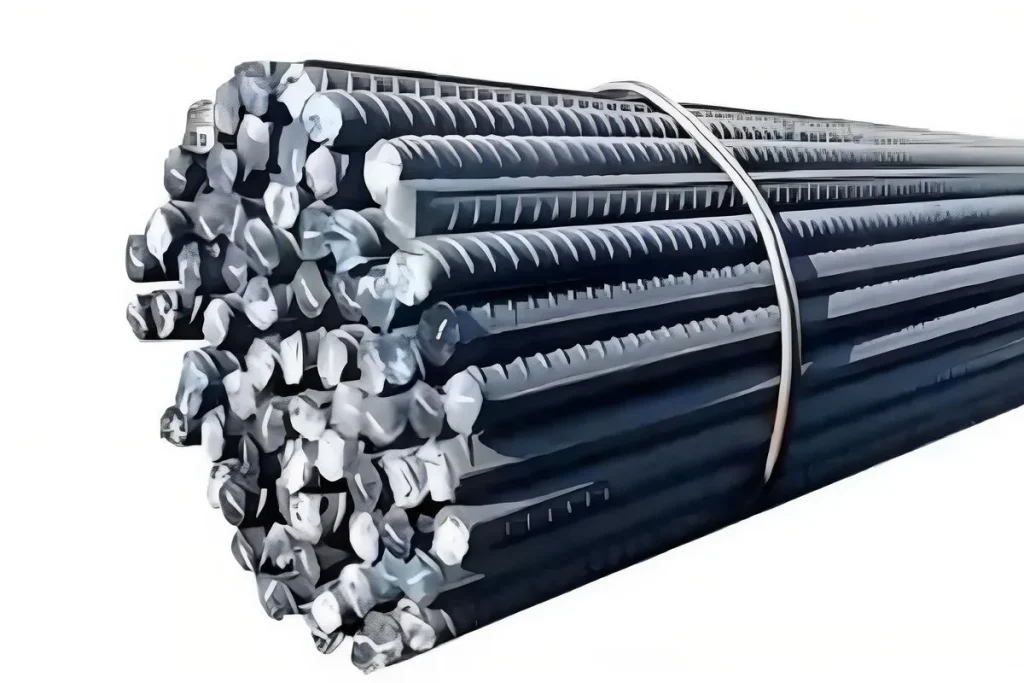
Ultra – high strength and toughness to resist extreme loads and impacts
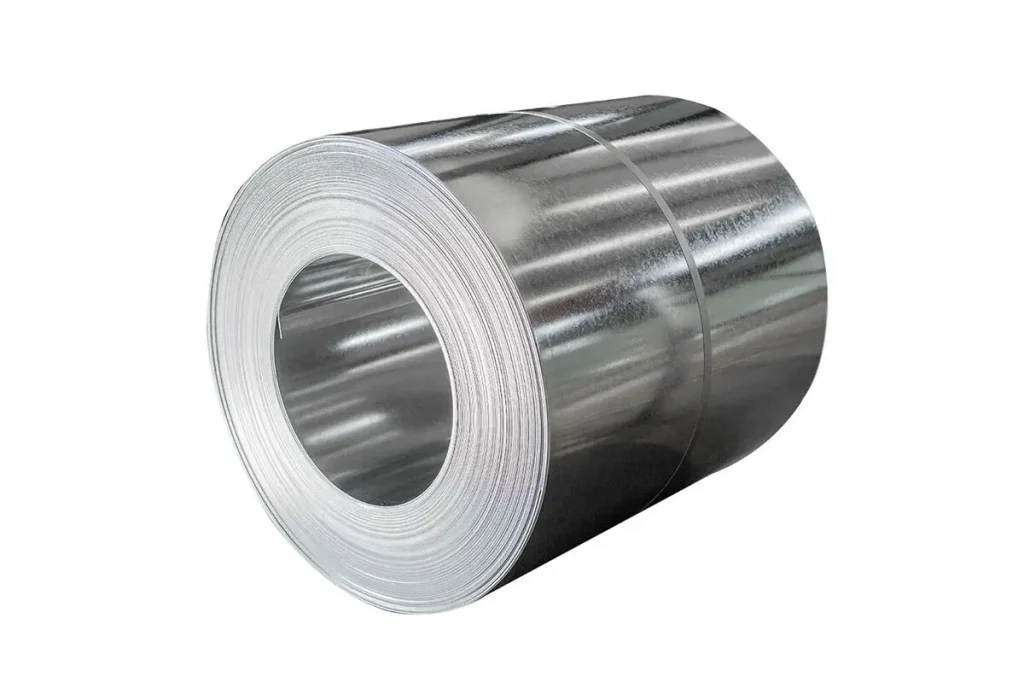
Ultra – high strength and toughness to resist extreme loads and impacts
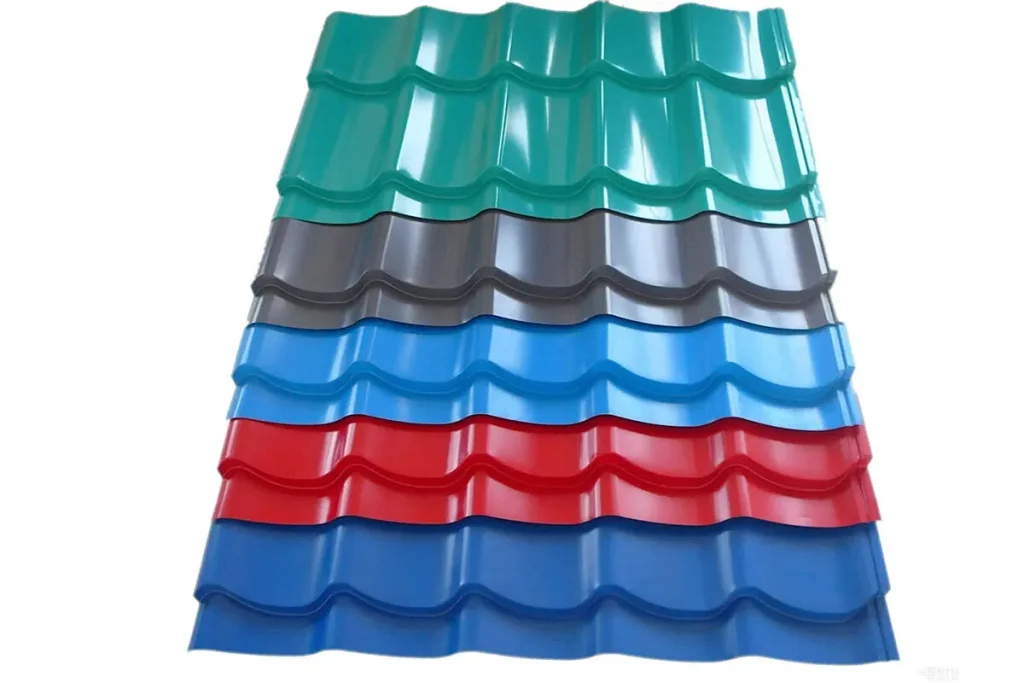
With anti-corrosion treatment, it is weather-resistant and corrosion-resistant, and can serve for a long time.
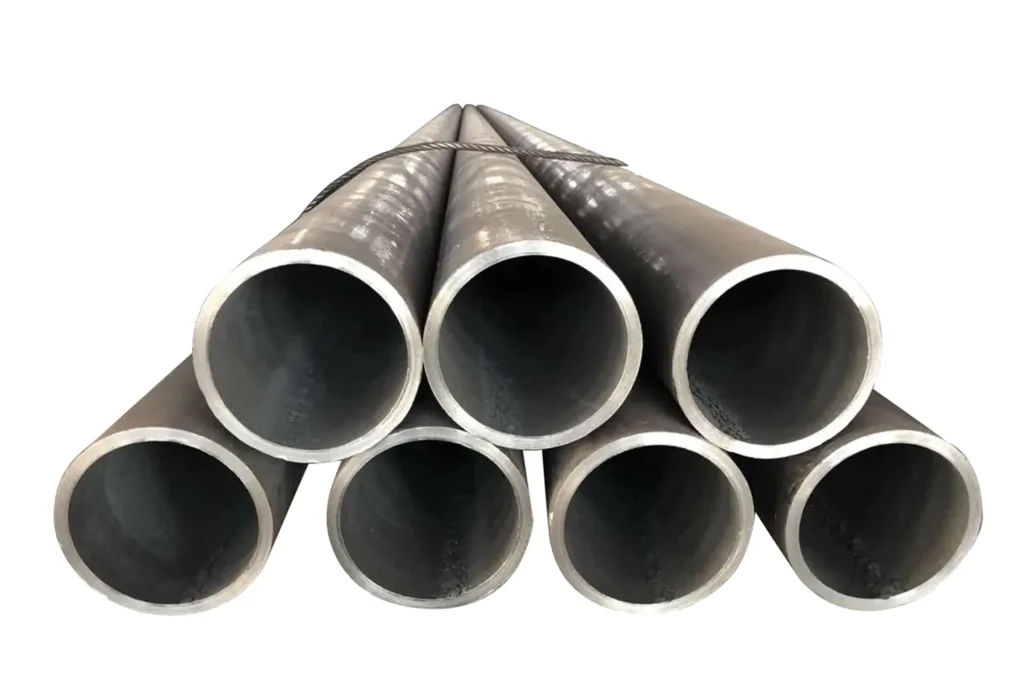
100% recyclable, reusable, low-carbon and consumption-reducing
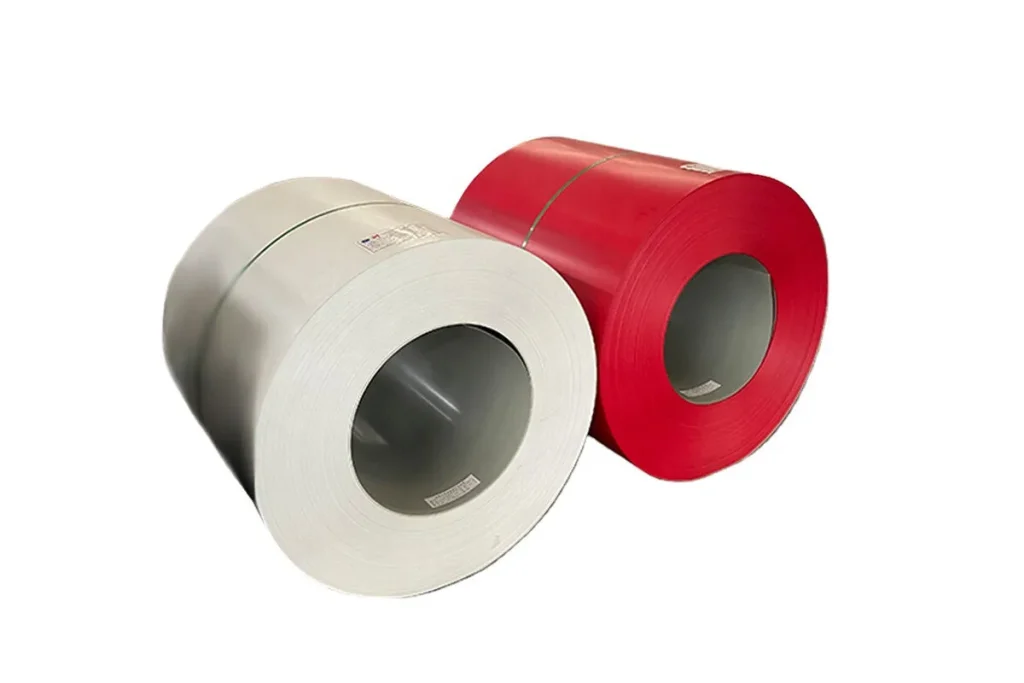
The processing is rapid and precise, and the project is delivered quickly.
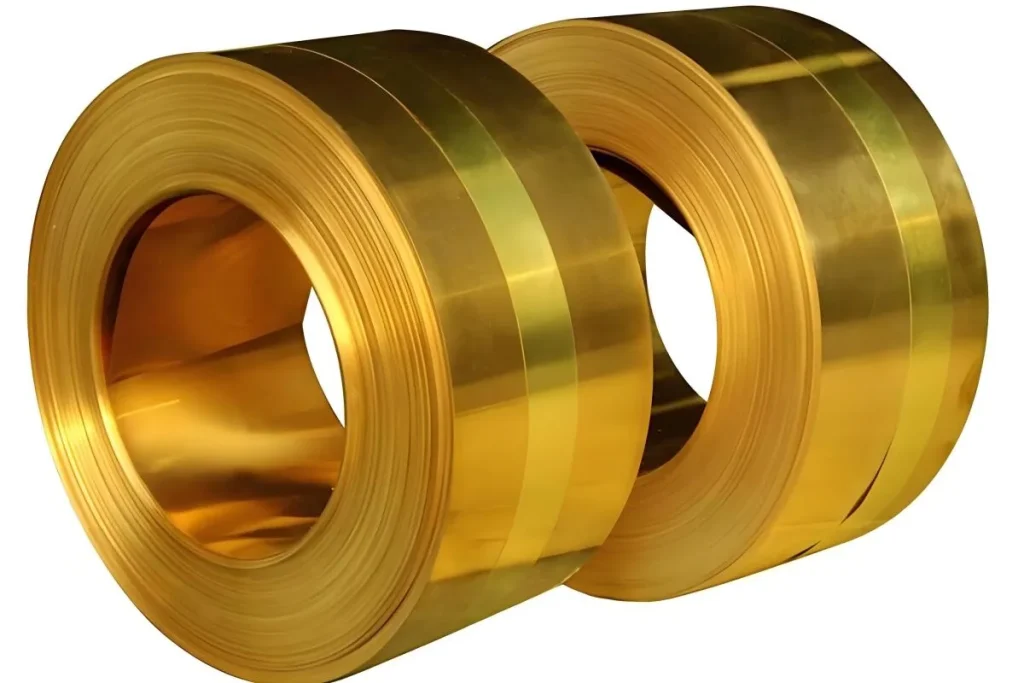
Pass international certifications such as ISO and ASTM, with reliable quality.
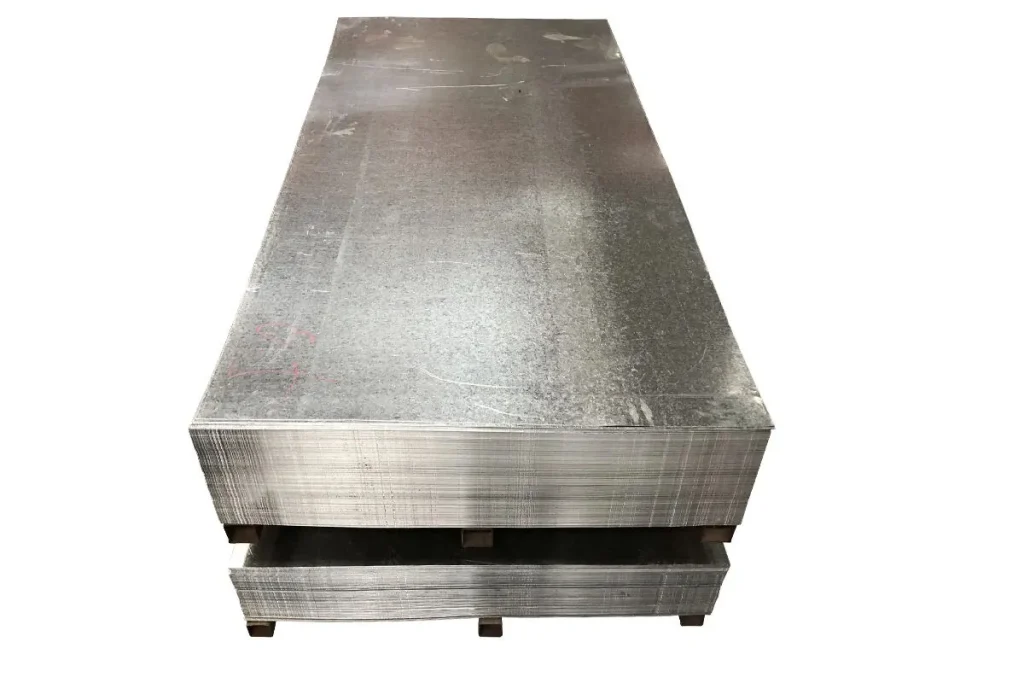
Create exclusive specifications and shapes as needed
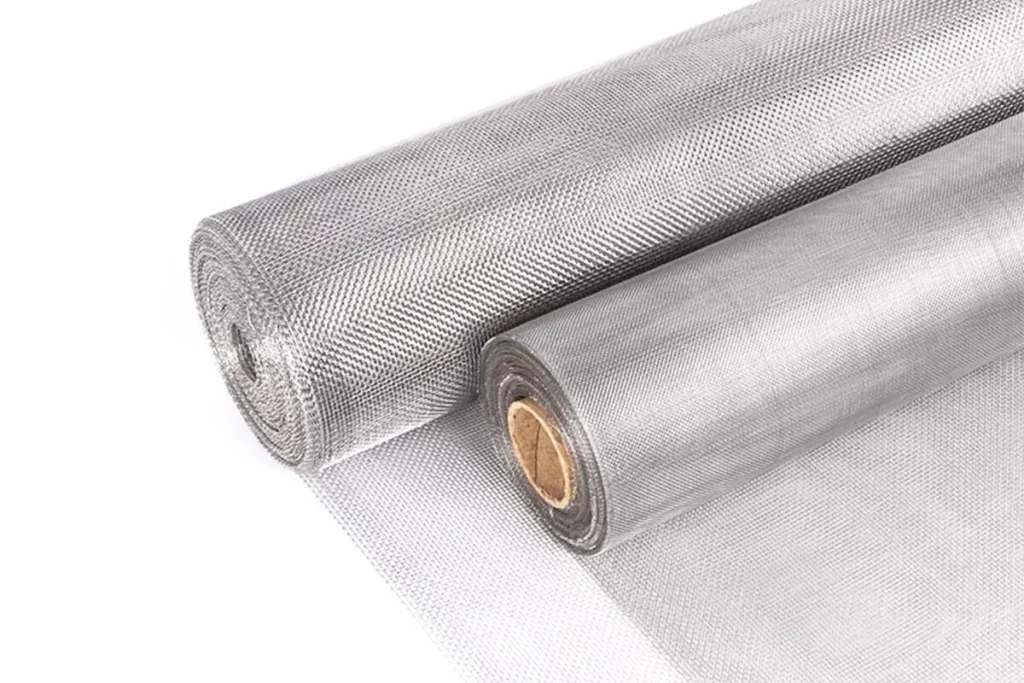
Global service team, providing full – course after – sales technical support
Our factory manufactures a comprehensive array of steel products, including but not limited to, structural beams, steel bars, plates, and coils. We also offer bespoke solutions catering to specific dimensions and compositions as per customer requirements.
Absolutely, all our steel products adhere to international standards and undergo rigorous quality assurance tests. We hold various certifications, including ISO 9001, emphasizing our commitment to quality. Each product batch comes with a certification detailing its grade and compliance standards.
Yes, we are equipped to manage significant order volumes even within constrained timelines, thanks to our advanced operational processes, sizable workforce, and efficient logistics network. However, we always suggest contacting us with specifics as early as possible for the best outcomes.
Sustainability is at the core of our operations. We utilize energy-efficient technologies, recycle scrap material, and follow strict environmental protocols to minimize our ecological footprint. Our commitment extends beyond compliance, aiming for a future-focused, sustainable approach in all we do.
Worker safety is paramount. Our factory complies with all health and safety regulations, providing regular training, enforcing strict on-site protocols, and equipping our staff with advanced safety gear. We believe a safe worker is an empowered worker.
Certainly. We pride ourselves on our capability to provide tailored solutions. Our team of experts collaborates closely with clients to understand their needs, offering custom compositions, cuts, and finishes unique to their project demands.
We manage logistics through trusted partners, ensuring timely and safe deliveries. Customers receive tracking information once orders are dispatched and can monitor their shipment in real-time. Additionally, our customer service team is always on standby to assist.
We stand by the quality of our products. In the rare instance of defects or non-compliance, we have a transparent return or exchange policy. Clients are encouraged to reach out within a specified period after receipt, and we promise a swift, fair resolution in line with our terms and conditions.